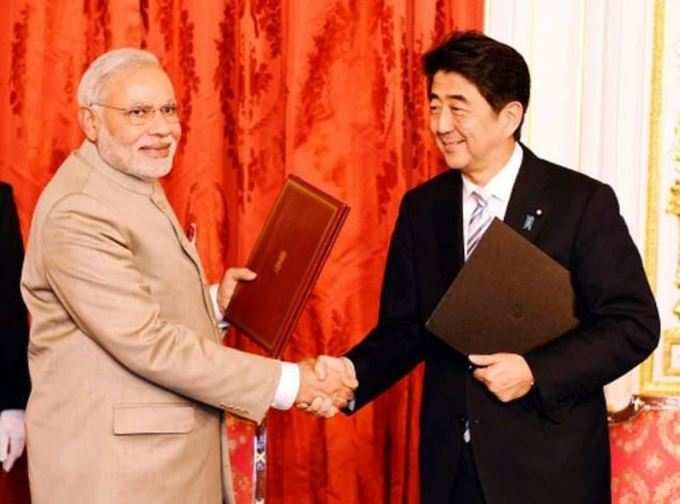
Since
The relation between India and China dates back to ancient times. In modern times, the bilateral trade off between the two Asian giants started when in early 50s India became one of the first countries to acknowledge the sovereignty of the Republic of China. But the relation was badly soured by three military stand-offs in 1962, 1967 and 1987.
Friction along the 2,200-mile-long border in the Himalayan region between the two countries has been a key cause of tension. This has been aggravated by what India terms as Chinese attempt to support Pakistan, militarily and politically. On the other hand, India’s efforts for closer ties with Japan as part of its Look East policy and the US have elicited strong suspension from the Chinese end. Besides, Tibet has been a source of tension though of late both the countries have found a way to manage their differences over the issue. India has also been unhappy over China’s increasing interest in operating in the Indian Ocean.
China’s refusal to endorse India’s demand for a permanent seat on the U.N. Security Council has also annoyed India.
However, from early nineties, as the two nations aggressively expanded their economic agendas, efforts have been on to iron out kinks and create a sense of mutual trust. Xi Jinping’s visit was an attempt in this direction.
The euphemism of Prime Minister Narendra Modi, who visited China five times while he was the chief minister of Gujarat, was evident when he said ‘China and India are two bodies but one spirit’. The Chinese President reciprocated by saying, "The combination of the 'world's factory' and the 'world's back office' will produce the most competitive production base and the most attractive consumer market."
While Xi’s recent visit was inspired by China’s desire to limit India’s growing relationship with the US, Japan as well as other Asian countries, including Nepal and Vietnam, which Beijing considers strategically important for it, India hoped to attract significant investments from its bigger Asian counterpart.
China has announced to invest $20 billion in India over the next five years (not $100 billion as earlier reported by media).
Both the countries agree that cementing trade ties is an effective way of enhancing cooperation. India’s trade with China, one of the country’s largest trading partners, touched around $70 billion in 2013 against the $3 billion in 2000.
India expects Chinese investments to give a leg-up to its creaky railway system, particularly bullet and high-speed trains and work on the metro train system across 50 cities within the country where Mass Rapid Transit System projects are planned. India is also expected to learn from Chinese expertise and achievements in mass affordable housing, a focus area for the Modi government.
It is to be seen whether improved economic and trade deals will revamp the centuries old relation between the two Asian juggernauts. At least, we, Indians won’t like to face another betrayal.
Image: TOI